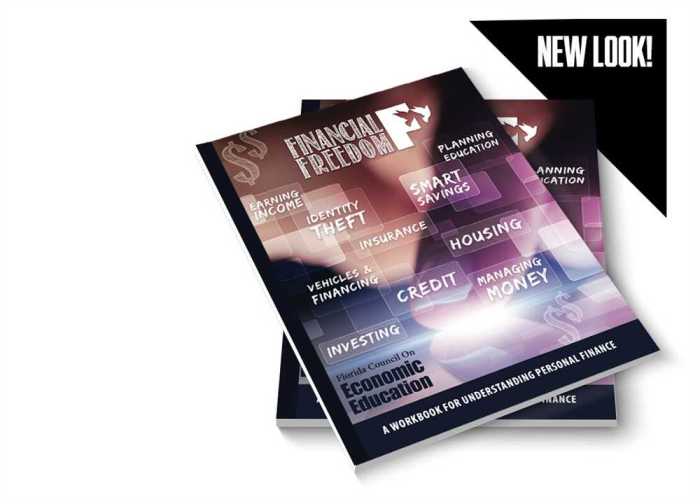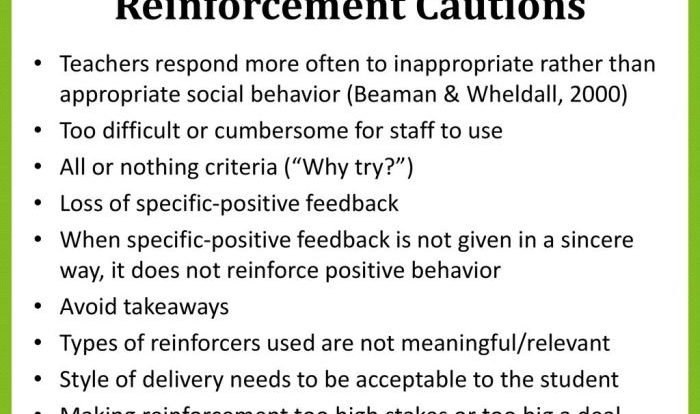Financial Algebra Workbook Answers Second Edition: An authoritative and comprehensive guide, this workbook provides detailed solutions to all exercises and problems presented in the Financial Algebra Workbook, Second Edition. With clear and concise explanations, it empowers learners to grasp the intricacies of financial algebra and apply its principles to real-world financial decision-making.
The workbook covers a wide range of topics, including personal finance, budgeting, investing, and more. Its user-friendly format and well-organized structure make it an invaluable resource for students, educators, and professionals seeking to enhance their financial literacy and problem-solving skills.
Workbook Overview
The Financial Algebra Workbook, Second Edition, is a comprehensive resource designed to help students develop a strong foundation in financial algebra. The workbook is intended for students at the high school or college level who are interested in learning about personal finance and making informed financial decisions.
The workbook is organized into 12 chapters, each of which covers a different topic in financial algebra. The chapters are divided into sections, and each section includes a variety of exercises and problems. The workbook also includes a glossary of terms and an answer key.
The key concepts covered in the workbook include:
- Budgeting
- Saving and investing
- Credit and debt
- Insurance
- Retirement planning
Answer Key Structure: Financial Algebra Workbook Answers Second Edition

The answer key for the Financial Algebra Workbook, Second Edition, is organized by chapter and section. Each answer includes a step-by-step explanation of how to solve the problem.
To navigate the answer key, simply find the chapter and section that corresponds to the problem you are working on. The answers are listed in the same order as the problems in the workbook.
Here is an example of how to use the answer key:
- Find the chapter and section that corresponds to the problem you are working on.
- Locate the answer to the problem in the answer key.
- Read the step-by-step explanation of how to solve the problem.
Problem-Solving Strategies
The Financial Algebra Workbook, Second Edition, presents a variety of problem-solving strategies that can be used to solve financial algebra problems. These strategies include:
- The four-step problem-solving process
- The guess-and-check method
- The algebraic method
- The graphical method
The four-step problem-solving process is a general problem-solving strategy that can be used to solve any type of problem. The four steps are:
- Understand the problem.
- Devise a plan.
- Carry out the plan.
- Check the solution.
The guess-and-check method is a problem-solving strategy that involves making an initial guess at the solution and then checking the guess to see if it is correct. If the guess is not correct, the guess is revised and the process is repeated.
The algebraic method is a problem-solving strategy that involves using algebra to solve the problem. The algebraic method is often used to solve problems that involve equations.
The graphical method is a problem-solving strategy that involves using a graph to solve the problem. The graphical method is often used to solve problems that involve inequalities.
Real-World Applications
The concepts covered in the Financial Algebra Workbook, Second Edition, have a wide range of real-world applications. For example, the concepts of budgeting, saving, and investing can be used to help individuals manage their personal finances and reach their financial goals.
The concepts of credit and debt can be used to help individuals understand the risks and rewards of borrowing money. The concepts of insurance can be used to help individuals protect themselves and their families from financial losses. The concepts of retirement planning can be used to help individuals prepare for their financial future.
Here are some specific examples of how the concepts covered in the workbook can be used in the real world:
- A student can use the concepts of budgeting to create a budget that will help them manage their expenses and save money for college.
- A young couple can use the concepts of saving and investing to start a savings plan for their future home.
- A family can use the concepts of credit and debt to understand the risks and rewards of borrowing money to buy a car.
- A business owner can use the concepts of insurance to protect their business from financial losses.
- A retiree can use the concepts of retirement planning to ensure that they have enough money to live comfortably in retirement.
FAQ Resource
What is the purpose of the Financial Algebra Workbook Answers Second Edition?
The Financial Algebra Workbook Answers Second Edition provides detailed solutions to all exercises and problems in the Financial Algebra Workbook, Second Edition, helping learners understand the concepts and apply them to real-world financial situations.
Who is the target audience for the Financial Algebra Workbook Answers Second Edition?
The workbook is designed for students, educators, and professionals who want to improve their financial literacy, problem-solving skills, and understanding of financial algebra.
How is the Financial Algebra Workbook Answers Second Edition structured?
The workbook follows the same structure as the Financial Algebra Workbook, Second Edition, providing solutions to each chapter, section, and subsection, making it easy to navigate and find the answers you need.



